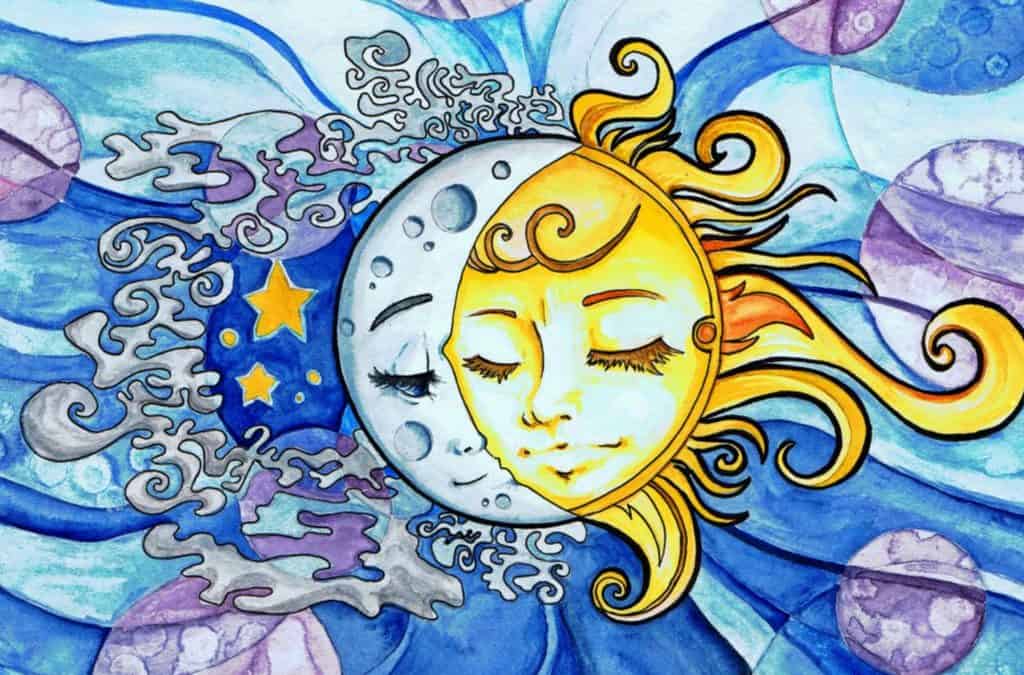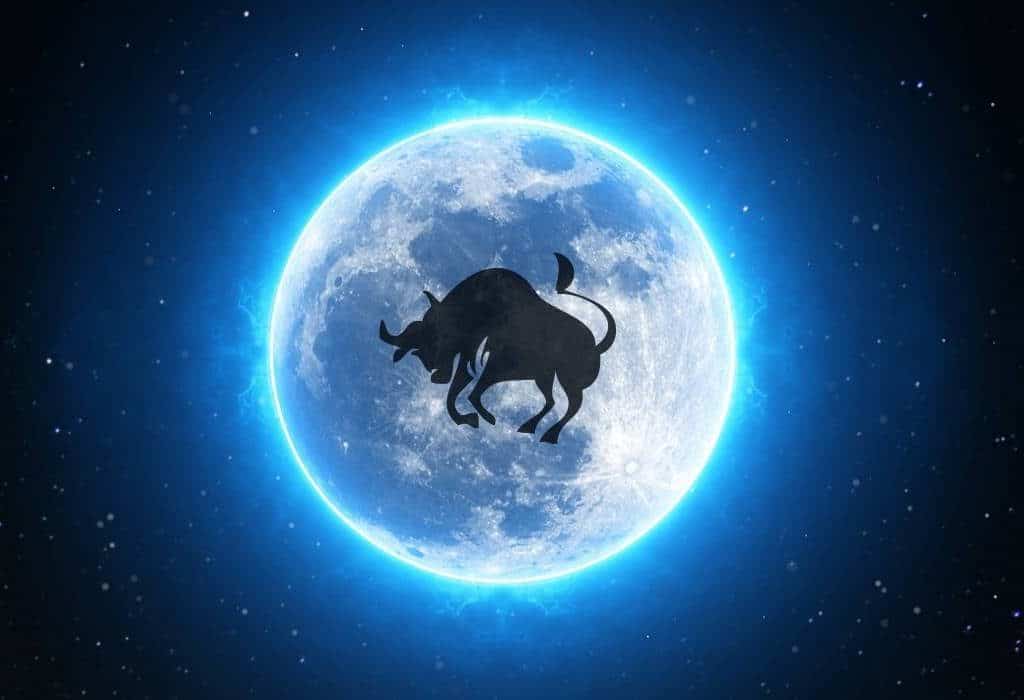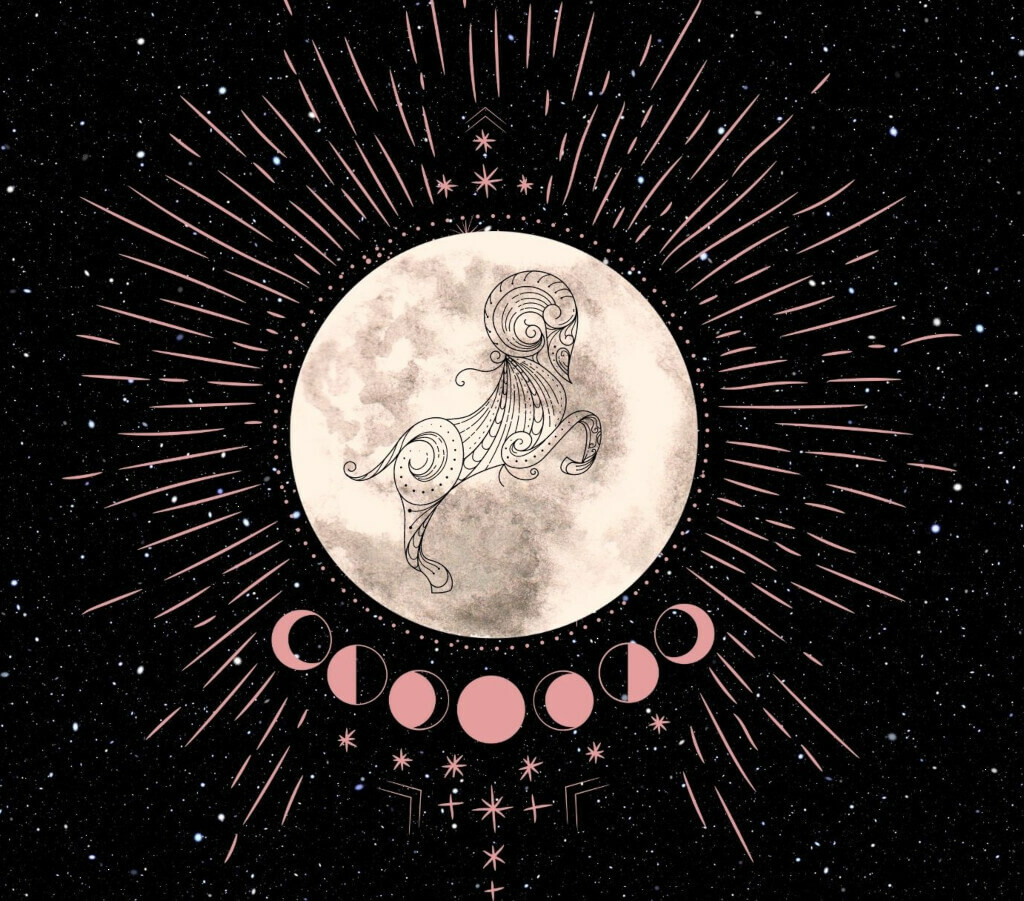The Sacred Nature of the Number 7
The sacredness of the number 7 derives from being a fraction of the 28-day lunar month. The number 28 also held sacred status, correlating with the lunar cycle and a woman’s menstrual cycle.
The Julian calendar, which altered the number of months from 13 to 12, retained the month as the primary unit, much like the most primitive calendars. The days of the week were associated with the Titans or planetary gods:
- The Sun (Sunday)
- The Moon (Monday)
- Mars (Tuesday)
- Mercury (Wednesday)
- Jupiter (Thursday)
- Venus (Friday)
- Saturn (Saturday)
These were the patrons of different guilds or professions in ancient Sumeria, from where the oldest references are sourced, thanks to their practice of writing on clay tablets that have preserved knowledge dating back to 15 centuries BCE.
Mythology and Astrology
To understand the interplay between mythology and astrology, it’s essential to recognize that, in light of modern historical and archaeological research, the Greek, Babylonian, and Biblical mythologies hardly align with the psychological ideas and interpretations of C. Jung and his school.
The societies where these mythic tales originated – primarily Sumeria and pre-Hellenic Greece (Greece before and during the invasions by peoples known as Hellenes: the Ionians, Achaeans, and Dorians) – were not rudimentary societies with a childish mindset giving literary shape to unconscious archetypes or psychic dreams. These societies were highly developed, boasting sophisticated political, religious, and bureaucratic organizations.
They were urban societies with longstanding political and religious systems, economic and legal frameworks akin to modern ones, public records for commercial transactions and property titles, regular education at various levels, and advanced construction and agricultural techniques.
Therefore, Minoan Crete, Mycenaean Greece, Sumeria, and Pharaonic Egypt should not be considered the beginnings of human civilization, despite being the oldest known civilized peoples in the West. They were already in advanced stages of evolution, making it unlikely that Jung’s psychological categories could be aptly applied to their mythological constructs.
Mythology and Astrology: A Study of Interrelation
It seems more reasonable to study Mythology and its relation to Astrology by viewing the populations of Greece and Asia Minor as closer to us in their concerns and ambitions. They were perhaps more inclined towards the poetic language of metaphor and allegory.
These were rural societies in the process of urbanization, with cities both large and small, facing all the associated challenges and contradictions. They experienced significant migration flows, some controlled, some not; some peaceful, others akin to invasions. They encountered social, class, ethnic, and religious struggles, as has been the case throughout human history.
Much of the mythology can be seen as political propaganda expressed in poetic form. Today, it is difficult to discern the underlying messages, as propaganda distorts, exaggerates, and deliberately lies when it suits its purpose. The narrative differs depending on whether it comes from the victors or the vanquished. However, many well-studied myths do not require psychological explanations to be understood.
The Archetype of Death
Perseus is often described as the archetype of death, a depiction not far from the truth.
Historically, Perseus represents a specific leader or generally the Hellenic chieftains who invaded Greece in the final phase of progressive invasions, systematically destroying any trace of Greek civilization in their path.
Hence, Perseus “the destroyer” is easily associated with death.
In the mythical story of Perseus, he is said to have killed the Chimera, beheaded the Gorgon, and also tamed the horse Pegasus, which was the offspring of the Gorgon…
This suggests that the Gorgon, or the Goddess herself, had created them, nurturing them in the stables of her temples so they appeared winged, symbolizing their sacred nature.
The Hellenes replaced the native calendar (the Chimera is a symbol of the three-season calendar, represented by a creature composed of three different animal parts, each symbolizing a season) with their own, the invaders’ calendar.
The taming of Pegasus signifies the theft of the sacred horses from the temples of the Great Goddess. Lastly, the beheading of the Gorgon (the ritual mask of the priestesses of the Great Goddess) is a clear allusion to the elimination of female leadership in temples, the replacement of priestesses with priests, and the relegation of the surviving priestesses to mere servants or temple prostitutes.




